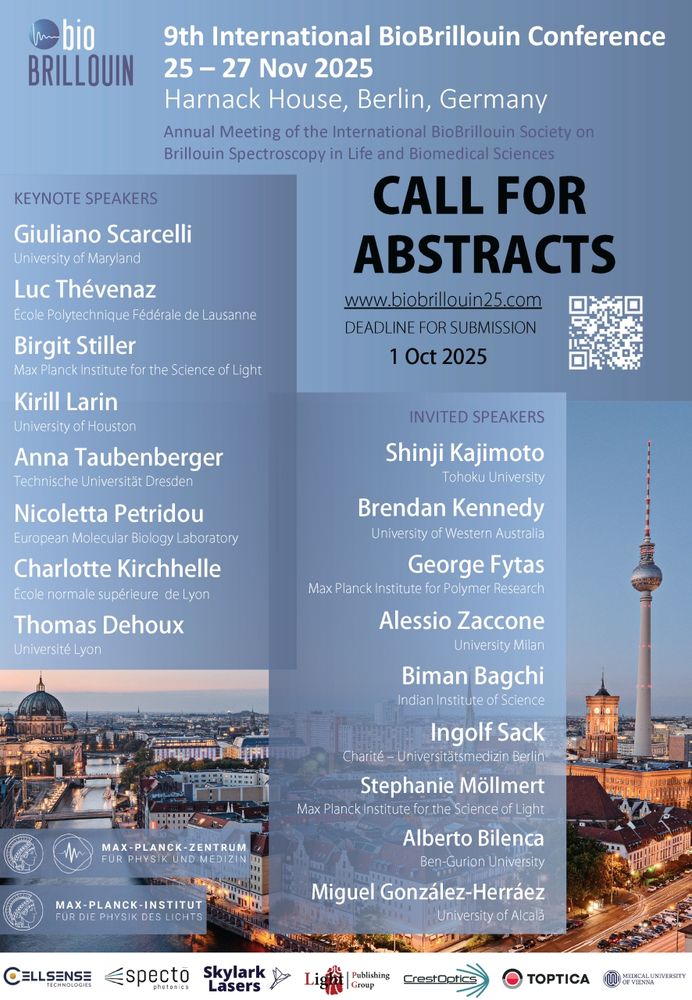💚 Thanks to the team @biswashere.bsky.social, Omar Muñoz, ✨Q✨ C. Hoege, B. Lorton, R. Nikolay @matthewkraushar.bsky.social @dshechter.bsky.social @gucklab.bsky.social @vasilyzaburdaev.bsky.social 💚

💚 Thanks to the team @biswashere.bsky.social, Omar Muñoz, ✨Q✨ C. Hoege, B. Lorton, R. Nikolay @matthewkraushar.bsky.social @dshechter.bsky.social @gucklab.bsky.social @vasilyzaburdaev.bsky.social 💚

Great work @mctwo.bsky.social & @biswashere.bsky.social!
Together with @gucklab.bsky.social & @vasilyzaburdaev.bsky.social 😍 @mpi-scienceoflight.bsky.social
@mpiib-berlin.mpg.de
www.biorxiv.org/content/10.1...

Great work @mctwo.bsky.social & @biswashere.bsky.social!
Together with @gucklab.bsky.social & @vasilyzaburdaev.bsky.social 😍 @mpi-scienceoflight.bsky.social
@mpiib-berlin.mpg.de
www.biorxiv.org/content/10.1...
On May 16, join #MPL and the #DeutschesMuseumNürnberg to celebrate light and quantum science! With hands-on experiments, talks, and lab tours.
📍12–4 PM | Hugenottenplatz Erlangen
📍5–7 PM | MPL
👉 mpl.mpg.de/events/event...

On May 16, join #MPL and the #DeutschesMuseumNürnberg to celebrate light and quantum science! With hands-on experiments, talks, and lab tours.
📍12–4 PM | Hugenottenplatz Erlangen
📍5–7 PM | MPL
👉 mpl.mpg.de/events/event...
🐸 + 🔬 + 📈 = ✨
w. @gucklab.bsky.social , @simonereber.bsky.social , @vasilyzaburdaev.bsky.social
www.biorxiv.org/content/10.1...
🐸 + 🔬 + 📈 = ✨
w. @gucklab.bsky.social , @simonereber.bsky.social , @vasilyzaburdaev.bsky.social
www.biorxiv.org/content/10.1...

